How to feed hydrangea in June?
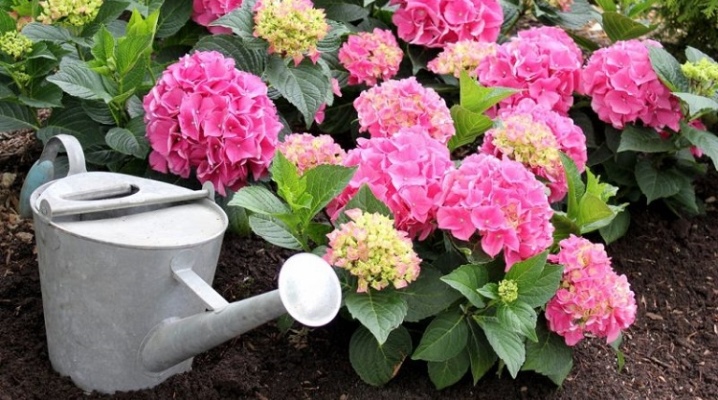
Hydrangea is a bright and lush plant that is grown not only in garden conditions, but often at home - as an indoor plant. Among a wide selection of varieties, any gardener and amateur will be able to choose for themselves the one that will delight with flowering every summer.
In order for the plant to really become a decoration of the garden, it should be properly looked after, paying special attention to feeding. Next, we will take a closer look at why plants need to be fed and when is the best time to do this, as well as learn tips from professional gardeners on this issue.
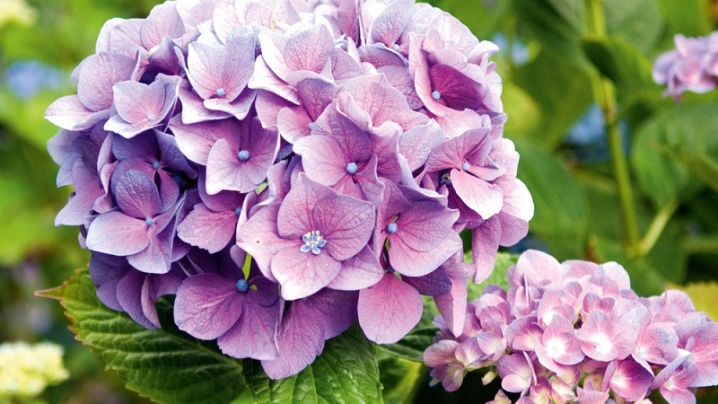
What are fertilizers for?
Correct and regular feeding has the best effect not only on the health of the plant as a whole, but also on its appearance. With fertilizers, the hydrangea receives all the necessary nutrients, as a result of which it develops faster and blooms more abundantly in the future. A strong and healthy bush, which has enough nutrition and vitamins, is known to be less susceptible to diseases and attack by pests, and it also tolerates wintering in the open field better.
Without proper dressing, over time, the plant will not be able to bloom profusely and for a long time. With a lack of nutrients, it begins to fade, and the flowers become small and dull. This is due to the fact that hydrangeas have been growing in one place for several years, so the soil may be depleted.
It is known that, depending on the acidity of the soil and fertilizers in it, hydrangea can change the shade of its colors. Therefore, by introducing certain additives into the soil, it is possible to achieve not only the raspberry tone of the inflorescences, but even a unique blue one.
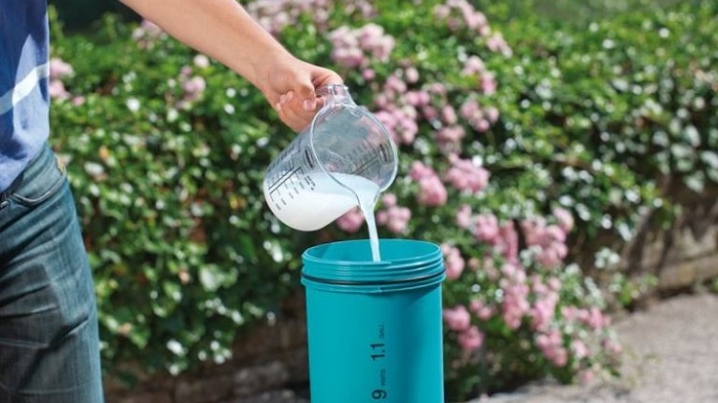
What are they fed with?
For hydrangea season fed up to 4 times:
- the first feeding is done with a thaw, that is, in the spring;
- the second and third - in the summer;
- the latter is carried out in the fall before wintering.
Depending on the condition of the plant, the amount of dressing can be reduced or increased. Gardeners are especially active in applying fertilizers in the summer, in June, so that hydrangeas bloom in full force.
As a top dressing, several fertilizers are often mixed. For example, the complex and environmentally friendly composition Agricola and the mineral Nitrofoska containing potassium, nitrogen and phosphorus. Mixed 1 teaspoon of each fertilizer per 10 liters of settled water.
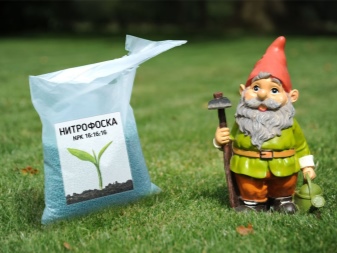
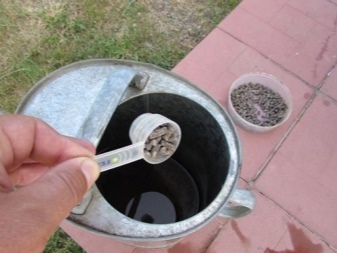
In addition to ready-made preparations, individual substances can also be added based on the condition of the plant and the desired results. Let's consider macro- and microelements separately.
- Nitrogen is used to activate shoot growth and to build up abundant green mass. However, you should be careful with this element, if it is in excess, then the plant will give all its strength to the foliage, but the flowering will become very scarce.
- Phosphorus is added for a long and vigorous flowering of hydrangeas, as well as for improving the root system.
- Potassium is used mainly in spring and summer to form flower buds.
- Magnesium allows you to get a bright shade of inflorescences, and this element has a positive effect on the abundance of flowering throughout the season.
- Iron is needed to prevent chlorosis, which hydrangeas are very prone to. This disease is not fatal, but with it the leaves turn very yellow and decrease in size, and the inflorescences can also dry out.
Each element in feeding is very important, but you should not be zealous, there should be a balance in everything, since an overabundance or lack of something, as a rule, leads to plant diseases. Having received all the necessary nutrients and proper care, the hydrangea will become resistant to a number of diseases and temperature changes, and it will not be afraid of a lack and excess of moisture in the long term.
Moreover, hydrangea with proper care can grow in one place for more than 30 years.

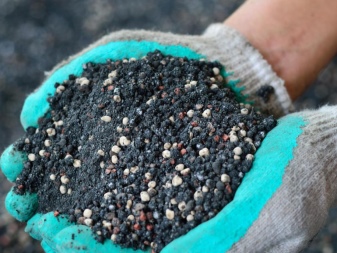
How to feed properly?
To feed the hydrangea bush, it is recommended to make a small groove from the beginning of the plant trunk, where the necessary substances will be introduced in the future. After fertilization, the groove should be sprinkled with compost, peat or humus. This will serve as a kind of mulch, which will also have a beneficial effect on the condition of the plant.
It is advisable to apply any fertilizers after watering the plant, since the soil must be moist. So the fertilizing will be absorbed faster, and the plant will be able to receive more nutrition and useful elements. Watering is not needed only if it was rainy weather. It is best to feed hydrangeas early in the morning or in the evening, after sunset. But if the weather is cloudy, then this procedure can be carried out in the daytime.
In both spring and summer, dry dressings can be carried out, which are introduced into the groove. They are no less effective than fertilizer solutions. Liquid dressing is recommended if the plant lacks a specific trace element. Both those and other types of fertilizers are necessary, you cannot use only one of them. The correct proportions should be calculated according to the instructions for the drug that will be introduced.
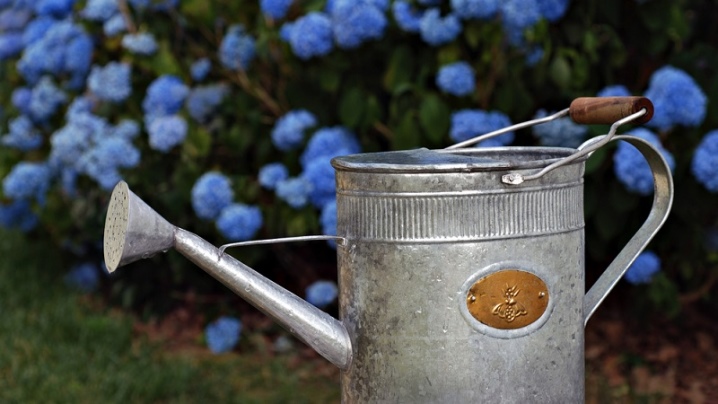
From mineral dressings, you can use nitrate and urea. Saltpeter per bucket of water is usually used no more than 30 grams, and urea - 15-20 grams per 10 liters. From organics, chicken manure or manure is often used in a ratio of 1 to 20 with water, as well as often nettle infusions.
From ready-made products, you can recommend:
- liquid complex fertilizer for garden plants "Kristalon";
- Agricola;
- "Bona Forte" - this product is used to obtain the blue color of hydrangea inflorescences.
If hydrangeas grow in alkaline soil, then they absorb nutrients very poorly, and therefore it is recommended to acidify such soil. From folk remedies for these purposes, you can use ash or apple cider vinegar diluted in water (10 ml of vinegar per 1 liter of water). The more acidic the soil is, the easier it will be to change the color of the hydrangeas, that is, in more acidic soil, the bushes will delight with purple or blue inflorescences, and in alkaline ones, they will be pale pink, white or crimson.

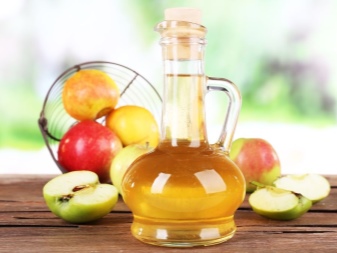
Gardening tips
To grow a healthy plant, it is recommended to heed the advice of experts.
- If at the very beginning all the necessary fertilizers were introduced into the hole before planting the plant, then it is not recommended to feed the hydrangea in the next three years after transplantation. If the first spring feeding is not carried out, then in June it is very important to add a little nitrogen to the fertilizer.
- Before applying the necessary fertilizers, the soil should be watered a few hours before, and even better a day so that the soil is not too wet.
- To change the color of hydrangeas, it is enough to choose the appropriate top dressing for them and properly acidify the soil.
- Hydrangeas are very fond of watering; on average, about 20-25 liters of water per week should be spent on an adult plant.
If yellow leaves or holes appear on them, then this may be due to the appearance of insects. To get rid of them, you can use an aqueous solution with the addition of laundry soap, as well as an infusion of garlic. If the plant grows very poorly or does not grow at all, and there are no signs of insect attack, then most likely the fertilizer should be changed, perhaps the hydrangea is sick from lack, or, conversely,from an overabundance of any elements.
For abundant and lush flowering, one summer feeding will not be enough for the plant, do not forget to fertilize hydrangeas in spring, as well as in autumn or late summer.
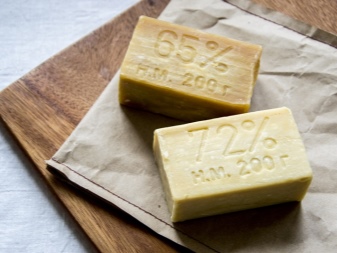
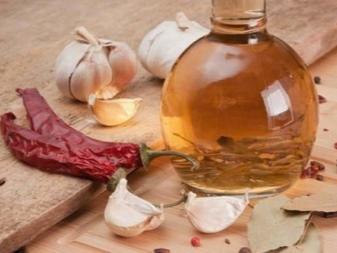



































































The comment was sent successfully.